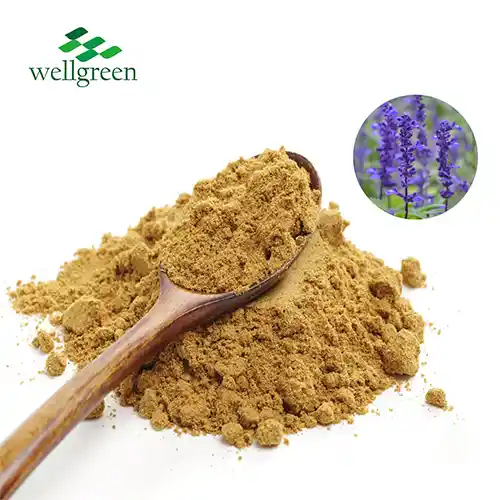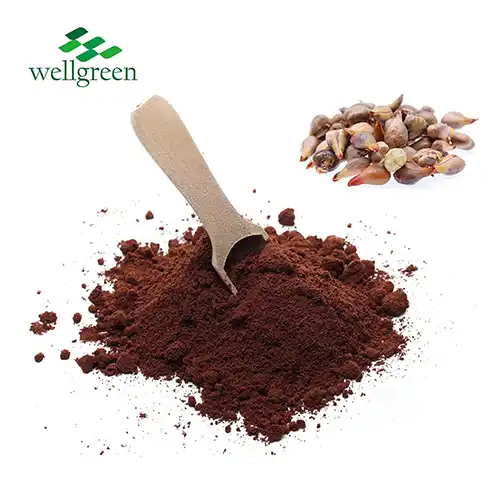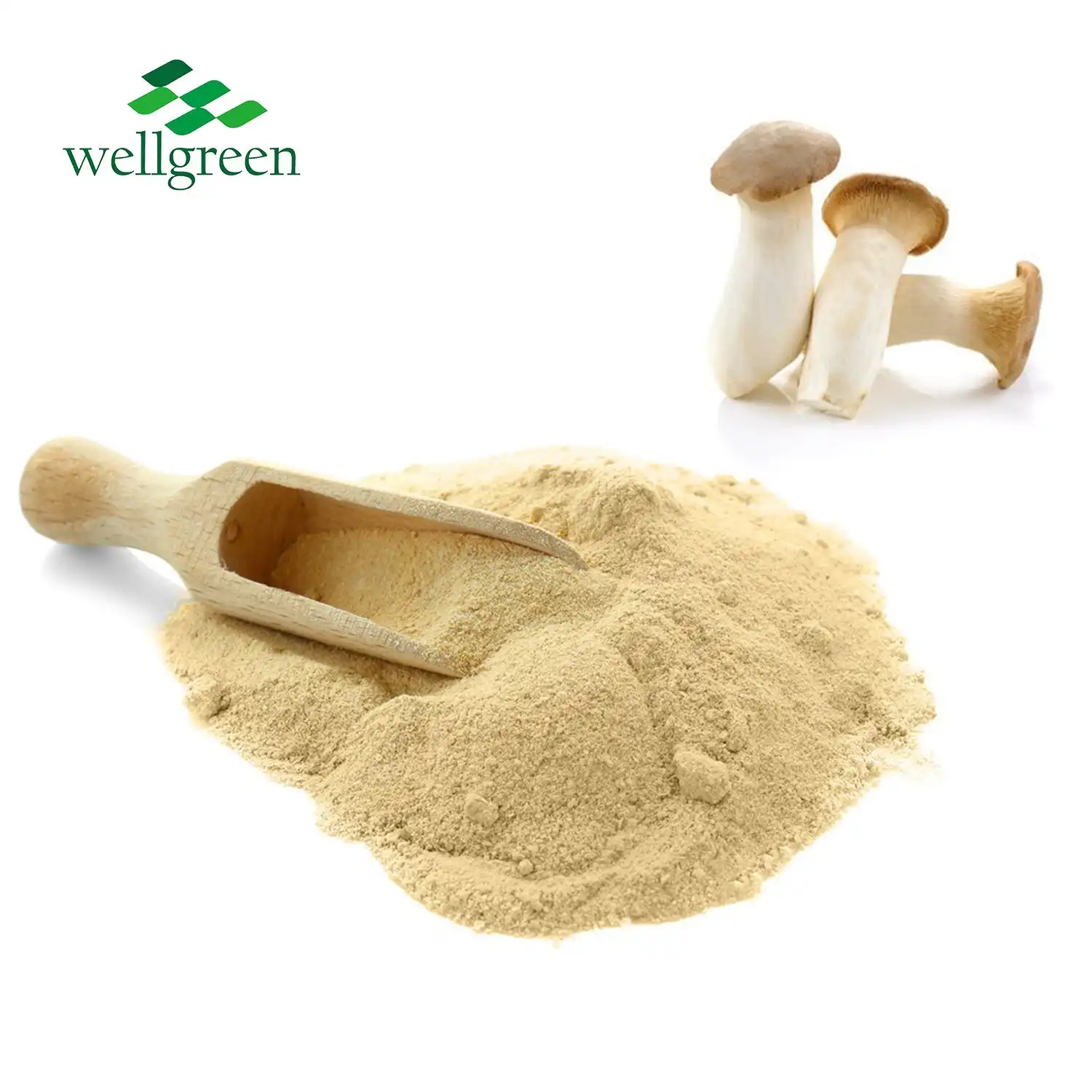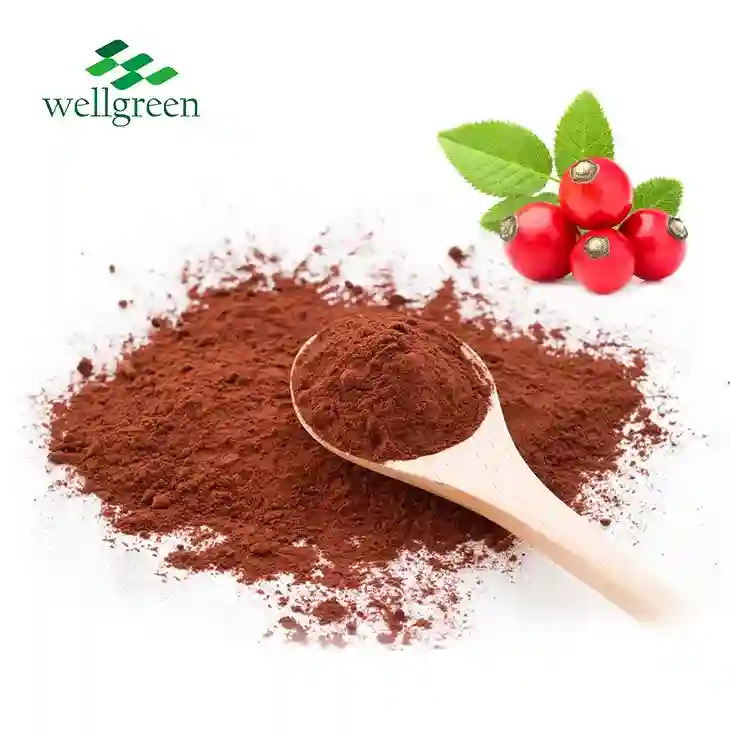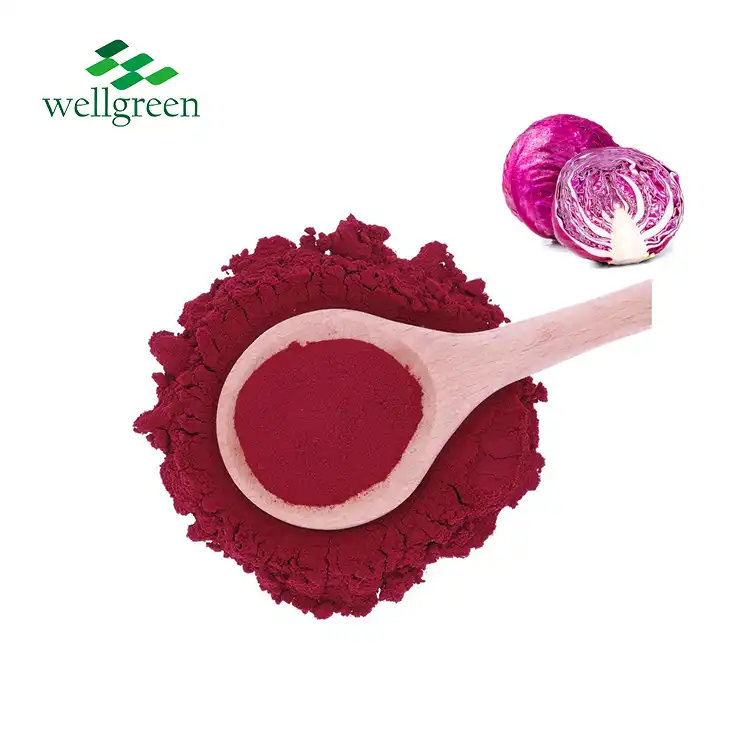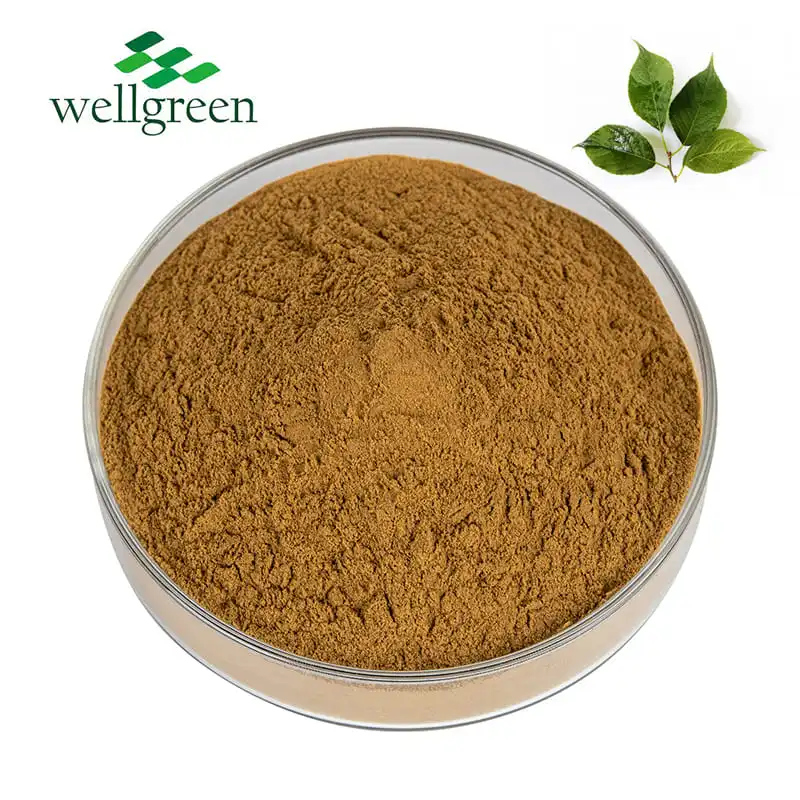How to Identify Genuine Organic Cinnamon Powder?
2025-10-29 14:00:31
Identifying genuine organic cinnamon powder involves a multi-faceted approach that goes beyond a simple glance. The process begins with a careful sensory evaluation, assessing the fine, uniform brown powder for its characteristic warm aroma and sweet, spicy flavor. A crucial step is the verification of certifications; authentic suppliers readily provide documentation like USDA Organic and EU Organic seals. You should also meticulously review the product's specification sheet, paying close attention to technical details such as moisture content, ash levels, and mesh size. Ultimately, the most reliable method combines this scrutiny of documents with an assessment of the supplier’s reputation and their demonstrated commitment to quality control, ensuring the powder is pure, unadulterated, and meets stringent global organic standards.
The Crucial Role of Documentation and Certification
Decoding Organic Certifications
The term "organic" is a regulated claim. Look for official seals from recognized bodies. Certifications like USDA Organic (for the United States) and EU Organic (for the European Union) are non-negotiable. These labels guarantee that the cinnamon was cultivated and processed following strict guidelines that prohibit synthetic pesticides, herbicides, fertilizers, and genetically modified organisms (GMOs). These certifications are your primary assurance that the product is what it claims to be, sourced from organically managed Cinnamomum cassia farms. At Wellgreen, our commitment to these standards is demonstrated by our dual EU/USDA organic certifications.
Analyzing the Certificate of Analysis (COA)
A Certificate of Analysis is a formal document from the manufacturer that confirms a product meets its stated specifications. When reviewing a COA for organic cassia cinnamon powder, focus on key physical and chemical parameters. Moisture content, typically specified at ≤ 8%, is vital for preventing microbial growth and ensuring a stable shelf life. Ash content, often ≤ 5%, indicates the level of inorganic impurities like sand or soil; a low value signifies a clean, pure product. Mesh size, such as 80-100 mesh, defines the powder's fineness, which is critical for its application in food, beverages, or supplements. A detailed COA reflects a manufacturer's dedication to quality control.
Verifying Quality Management Systems
Beyond organic certifications, look for evidence of robust quality management systems. Certifications like ISO 9001:2015 (quality management) and ISO 22000 (food safety management) show that the manufacturer operates with standardized, repeatable processes to ensure consistent product quality. Furthermore, HACCP (Hazard Analysis and Critical Control Points) certification demonstrates a proactive approach to identifying and mitigating potential food safety hazards throughout the production line. Halal and Kosher certifications also broaden the product's market compliance, reflecting a supplier's ability to meet diverse global requirements. These systems are foundational to producing reliable bulk organic cinnamon powder.
Sensory and Physical Evaluation: A Hands-On Approach
Visual and Olfactory Inspection
Genuine organic cassia cinnamon powder should have a consistent, uniform appearance. The color typically ranges from a warm reddish-brown to a deeper, rich brown. Clumps may indicate excess moisture, while significant color variations could suggest mixing of different batches or the presence of fillers. The aroma is perhaps its most telling feature. The scent should be strong, sweet, and distinctly spicy. A weak, dusty, or musty smell can be a sign of old stock, improper storage, or a lower-grade product. The powder's texture should be fine and free-flowing, consistent with the specified mesh size.
The Taste Test and Texture Analysis
A small taste can confirm the aromatic profile. Cassia cinnamon is known for its potent, robust, sweet, and somewhat pungent flavor. Any off-tastes, such as bitterness or a chemical-like note, are immediate red flags. You can also perform a simple water solubility test. Stir a small amount of the powder into a glass of warm water. High-quality cinnamon powder does not dissolve completely; instead, it forms a slightly viscous, aromatic suspension. Some adulterants, like starches, may cause the water to become thick and gelatinous, while others, like sand or brick powder, will quickly settle at the bottom as a gritty sediment.
Identifying Common Adulterants
The high demand for cinnamon has unfortunately led to the practice of adulteration. Common fillers include flour, starches from other plants, ground nut shells, and even sawdust. These are used to increase weight and reduce costs. Some unscrupulous suppliers may also use lower-quality cassia varieties or mix in artificial colorants and flavor enhancers to mimic the appearance and taste of a premium product. While sensory tests can help you spot crude adulteration, sophisticated methods require laboratory analysis. This is why partnering with a supplier who conducts and provides third-party testing is so important for guaranteeing purity.
Choosing a Reliable Supplier for Bulk Organic Cinnamon Powder
The Significance of a Transparent Supply Chain
A reputable supplier will have full traceability of their product, from the organically cultivated bark to the final packaged powder. They should be able to provide information about the botanical source (Cinnamomum cassia), the region of origin, and the processing methods used. This level of transparency is a hallmark of a supplier committed to authenticity. It ensures that every batch of bulk organic cinnamon powder you purchase is consistent, safe, and fully compliant with organic standards. Ask potential suppliers about their sourcing policies and their relationships with their growers.
Evaluating Manufacturing and Storage Facilities
The environment where the cinnamon is processed and stored is just as important as how it is grown. A GMP-certified factory indicates that the facility adheres to strict manufacturing practices. Look for suppliers with modern, large-scale warehouses equipped with climate control to protect the organic cinnamon powder from humidity, light, and pests. Proper storage is essential for preserving the cinnamon's volatile oils, which are responsible for its distinctive flavor and aroma. An organized, clean, and technologically advanced facility, like Wellgreen's plant extraction warehouse, is a strong indicator of a supplier's professionalism and commitment to quality.
The Value of Partnership and Support
A truly great supplier offers more than just a product; they provide partnership and comprehensive support. This includes services like offering customizable specifications to meet your unique application needs, ensuring short delivery times to maintain your production schedule, and providing robust testing support. When a supplier is responsive, knowledgeable, and willing to work with you to meet your goals, they become a valuable asset to your business. This collaborative relationship is key to securing a long-term, reliable supply of high-quality ingredients.
Conclusion
In conclusion, sourcing authentic organic cinnamon powder is a process of diligent verification. It requires a combination of examining official certifications, analyzing technical data from a COA, and conducting hands-on sensory evaluations. However, the most secure strategy for professional buyers and global distributors is to partner with a reputable manufacturer. A trusted supplier with a transparent supply chain, certified processes, and a commitment to quality removes uncertainty from the equation. This ensures the integrity of your final products, builds consumer trust, and solidifies your brand's reputation for excellence. Investing in a reliable source for organic cassia cinnamon powder is an investment in undeniable quality.
Contact Us
As a leading manufacturer and supplier of bulk organic cinnamon powder, Wellgreen operates a GMP-certified factory and maintains a large inventory to meet your needs. We currently have ready stock available in our European warehouse, and to ensure fast delivery and excellent value, we are offering special clearance pricing while maintaining our strict quality standards. We provide complete certificates, support OEM services, and guarantee fast delivery with secure packaging and testing support. For a reliable source of top-quality plant extract powders, contact us to discuss your requirements. Email us at: wgt@allwellcn.com.
References
U.S. Department of Agriculture. USDA Organic Regulations, 7 CFR Part 205.
Ranasinghe, P., Pigera, S., Premakumara, G. A. S., Galappaththy, P., Constantine, G. R., & Katulanda, P. (2013). "Zeylanicum (Ceylon) cinnamon: a versatile ingredient." Evidence-Based Complementary and Alternative Medicine, 2013.
Paranagama, P. A., Wimalasena, S., & Jayatilake, G. S. (2001). "A comparison of the essential oil constituents of the bark, leaf and fruit of Cinnamomum zeylanicum." Journal of the National Science Foundation of Sri Lanka, 29(1-2).
Codex Alimentarius Commission. (2019). General Standard for Food Additives, CODEX STAN 192-1995.
International Organization for Standardization. (2018). ISO 22000:2018 - Food safety management systems - Requirements for any organization in the food chain.
Geng, S., Geng, C., & Gu, Y. (2019). "A review of chemical constituents and bioactivities of the Cinnamomum cassia." Journal of Ethnopharmacology, 245.



